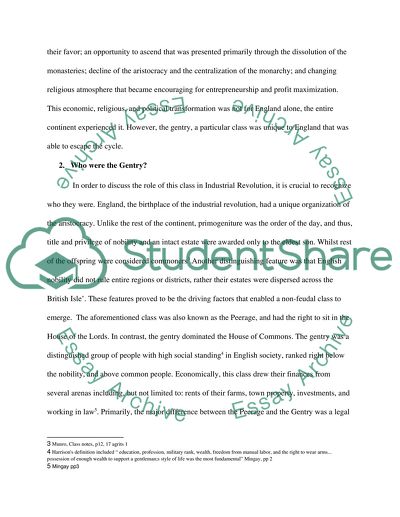Cite this document
(“Rise of the Gentry and The Agrarian revolution Essay”, n.d.)
Retrieved from https://studentshare.org/macro-microeconomics/1396617-rise-of-the-gentry-and-the-agrarian-revolution
Retrieved from https://studentshare.org/macro-microeconomics/1396617-rise-of-the-gentry-and-the-agrarian-revolution
(Rise of the Gentry and The Agrarian Revolution Essay)
https://studentshare.org/macro-microeconomics/1396617-rise-of-the-gentry-and-the-agrarian-revolution.
https://studentshare.org/macro-microeconomics/1396617-rise-of-the-gentry-and-the-agrarian-revolution.
“Rise of the Gentry and The Agrarian Revolution Essay”, n.d. https://studentshare.org/macro-microeconomics/1396617-rise-of-the-gentry-and-the-agrarian-revolution.


